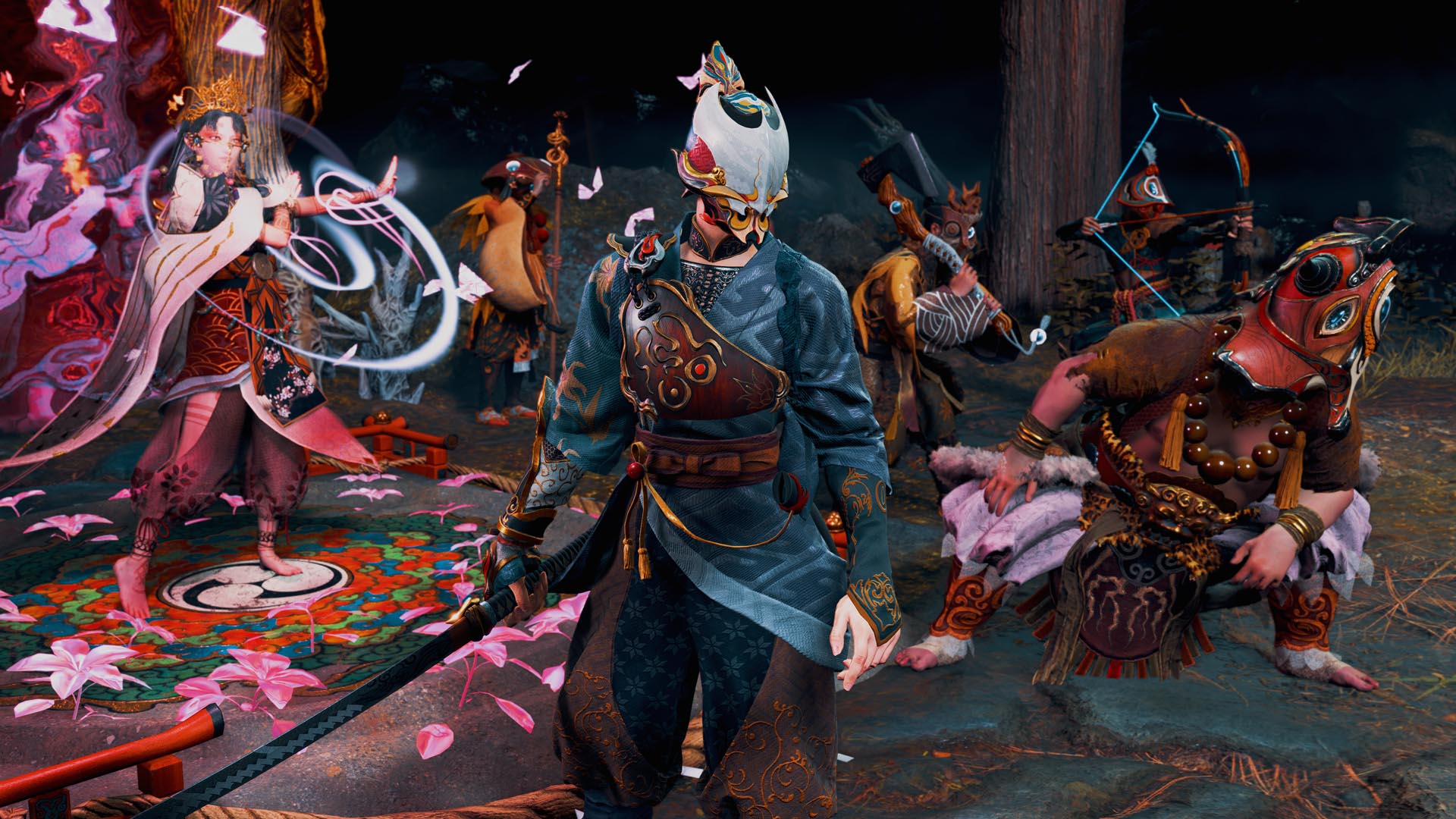Oudtshoorn, South Africa- At a South African farm,
hundreds of ostriches stretch their slender necks and shake their black
feathers under the setting sun.
The birds’ lanky legs raise a cloud of ochre dust in their enclosure, one
of dozens dotting the rugged landscape surrounding the southern town of
Oudtshoorn.
“May the feathers be with you,” reads an inscription welcoming visitors to
what is known as the ostrich capital of the world.
From dusters to boa scarves, about 70 percent of ostrich products globally
originate from South Africa.
Most come from Oudtshoorn, in the little Karoo, a valley nestled between
two mountain ranges running along south Africa’s southern coast, with a
semi-arid climate ideal for big bird farming.
Since the town’s early days, fashion has been the main market for local
farmers, the lush plumes used to decorate luxury hats and eccentric dresses.
“If you want to see a good exposure of our products, it will be, like, the
Met Gala, in New York,” says Peter Liebenberg, who heads the feather division
of Cape Karoo International.
The star-studded Metropolitan Museum of Art’s annual fundraising ball is
renowned for its over-the-top outfits.
Hats and dusters
Yet, local producers say it’s the ostrich’s versatility that has allowed
them to survive the whims of fashion.
Just like for pigs, all parts are put to use and nothing is wasted, they
say.
A quick stroll into town reveals what they mean.
Restaurants serve ostrich steak. Store windows display ostrich leather bags
as well as lamps and other ornaments shaped out of the birds’ giant eggs.
The flue of the feather can be worked and curled to make brooches, says
Saag Jonker, an 82-year-old farmer. “At the moment it’s really in fashion,” he
says.
A mischievous-looking ostrich adorns the logo of the local tourism office.
As demand for extravagant clothing to show off at fancy parties tanked when
the world was forced indoors by the coronavirus pandemic, it was feather
dusters that kept the industry afloat.
“People were in lockdown, restricted to their homes, and everyone wanted to
clean!” says Liebenberg.
Oudtshoorn had been there before.
In the early 1900s, ostrich feathers were a prized designer item and South
Africa’s fourth biggest export.
Their price by weight rivalled that of gold and the Oudtshoorn farmers’
association once gifted Britain’s Queen Mary a dazzling fan made of white
plumes in a sign of prosperity.
But the market crashed soon after as World War I disrupted maritime trade
and cars became a popular means of transport.
“You can’t get into a car with a hat with an ostrich feather. So that was a
big thing,” says Liebenberg. But demand “always comes back”, he adds.
Big birds, big gains
Today about 200 workers sort, cut, wash and dye plumes in several hundred
colours at his processing facility in Oudtshoorn.
Seamstresses in pink uniforms sew feather boas in a room adorned by images
of Paco Rabanne, Jean Paul Gaultier and Balmain fashion shows.
Cape Karoo International sells around a hundred tonnes of feathers each
year, including more than a million dusters and 130,000 metres of trim, he
says.
Not far away in Jonker’s hatchery, the squawking of hundreds of newborns
drowns out the soft crackle of hatching eggs.
With an expert hand, a worker opens a temperature-controlled drawer and
removes a few pieces of shell from one of the large eggs, revealing a small
beak and a pair of dozing eyes.
“I became an ostrich feather auctioneer at the age of 22 or 23. So that is
how I then landed in the ostrich industry, and I never looked back,” Jonker
recalls.
His firm is now the largest private ostrich breeding, processing and
marketing company in the world, with nearly 45,000 birds slaughtered every
season.
After being sterilised and sorted, the black and white plumes of the wings
— the most prized ones — are sold via haute couture houses throughout the
world.
Clients range from Moulin Rouge performers in Paris to the carnival
revellers in Rio de Janeiro. “It’s really an excellent product,” he says.(AFP)







